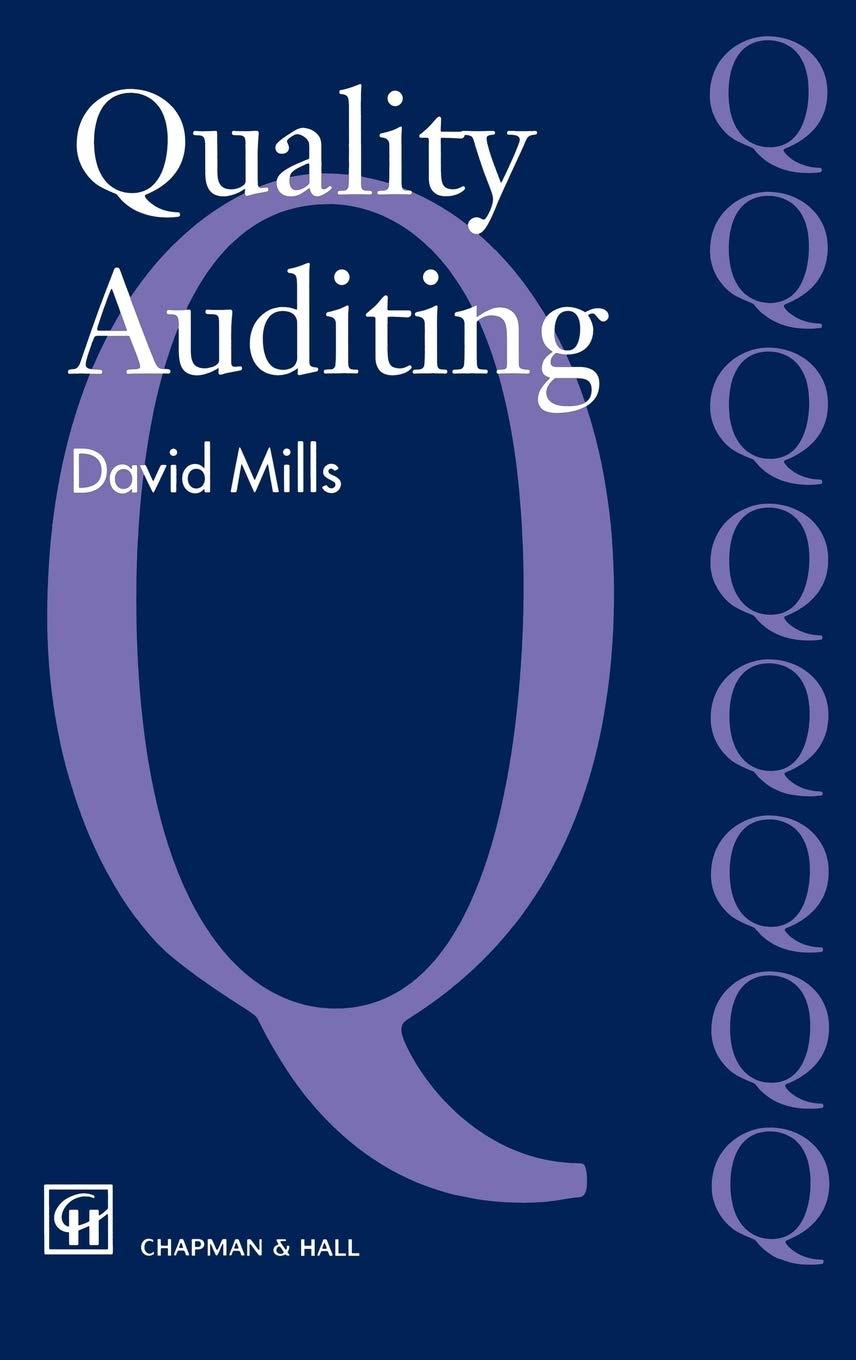




Scrappers Supplies tracks the number of units purchased and sold throughout each accounting period but applies its inventory costing method at the end of each period, as if it uses a periodic inventory system. Assume its accounting records provided the following information at the end of the annual accounting period, December 31. Units 200 Unit Cost $38 Transactions Beginning inventory, January 1 Transactions during the year: a. Purchase on account, March 2 b. Cash sale, April 1 ($54 each) c. Purchase on account, June 30 d. Cash sale, August 1 ($54 each) 40 350 (350) 250 (70) - 44 TIP: Although the purchases and sales are listed in chronological order, Scrappers determines the cost of goods sold after all of the purchases have occurred. Required: 1. Compute the cost of goods available for sale, cost of ending inventory, and cost of goods sold at December 31 under each of the following inventory costing methods: (Round "Cost per Unit" to 2 decimal places.) a. Last-in, first-out. LIFO (Periodic) Units Cost per Unit Total 200 $ 38.00 $ 7,600 Beginning Inventory Purchases March 2 $ $ 40.00 44.00 June 30 350 250 600 800 25,000 32,600 Total Purchases Goods Available for Sale Cost of Goods Sold Units from Beginning Inventory Units from March 2 Purchase Units from June 30 Purchase Total Cost of Goods Sold Ending Inventory of $ 170 $ 250 $ 420 0.00 40.00 44.00 17,800 $ 14,800 b. Weighted average cost. Weighted Average Cost (Periodic) Units Cost per Unit Total 200 $ 38.00 $ 7,600 350 250 600 $ $ Beginning Inventory Purchases March 2 June 30 Total Purchases Goods Available for Sale Cost of Goods Sold Ending Inventory 40.00 44.00 800 25,000 32,600 0 $ C. First-in, first-out. FIFO (Periodic) Units Cost per Unit Total $ 7,600 200 $ 38.00 $ $ 40.00 44.00 350 250 600 800 25,000 32,600 Beginning Inventory Purchases March 2 June 30 Total Purchases Goods Available for Sale Cost of Goods Sold Units from Beginning Inventory Units from March 2 Purchase Units from June 30 Purchase Total Cost of Goods Sold Ending Inventory 200 $ $ $ 38.00 40.00 0.00 0 200 7,600 d. Specific identification, assuming that the April 1 sale was selected one-fifth from the beginning inventory and four-fifths from the purchase of March 2. Assume that the sale of August 1 was selected from the purchase of June 30. Specific Identification (Periodic) Total Units Units 200 Cost per Unit $ 38.00 $ 7,600 $ $ 40.00 44.00 350 250 600 800 25,000 32,600 Beginning Inventory Purchases March 2 June 30 Total Purchases Goods Available for Sale Cost of Goods Sold Units from Beginning Inventory Units from March 2 Purchase Units from June 30 Purchase Total Cost of Goods Sold Ending Inventory 70 280 70 $ $ $ 38.00 40.00 44.00 420 16,940 $ 15,660











